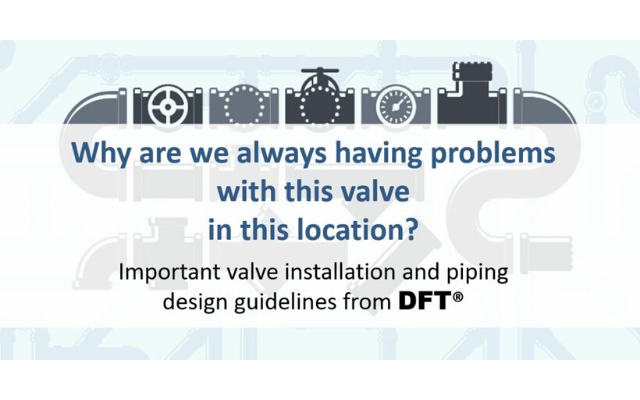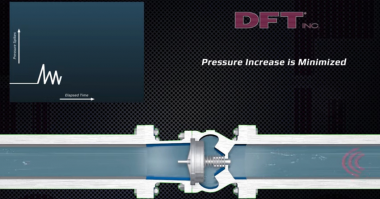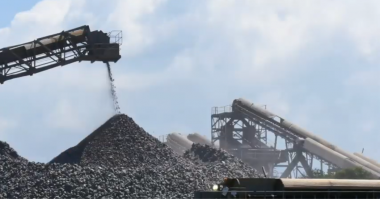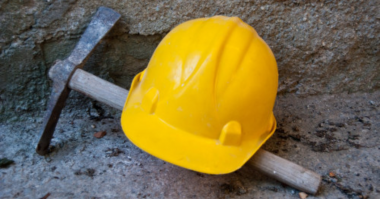Check valves play a critical role in preventing backflow and protecting sensitive equipment, pipes, pumps, and compressors. However, check valves can’t function at their best if they aren’t installed properly. Mistakes in installation can manifest in valve leakage or failure, compromising the integrity of the entire piping system.
Swing check valves, double-door check valve, or silent spring-assisted axial flow check valves, all control flow through a slightly different mechanism. Swing valves use a disc that swings in and out of the fluid stream while double-door valves use springs to close two “doors” to stop the flow. Spring-assisted axial flow valves use a disc and stem design and incorporate compression springs to close the valve before the fluid flow has reversed its flow direction. This is important because the quick closing nature of the axial flow design drastically reduces the possibility for water hammer—a dangerous malfunction where sudden pump shut down or an abruptly closing valve produces a hydraulic shock wave in the piping. In this guide, we’ll discuss ways to prevent water hammer and other common check valve problems.
When a Check Valve Is Necessary
Industry insiders call check valves the “misunderstood valves.” Many professionals simply don’t know when or how to use check valves appropriately, so they think that the entire category is unnecessary or ineffective.
So when is a check valve necessary? Typically, we recommend a check valve when there is the potential for the media being transported in the pipe to backflow, which can damage the system. Condensate pooling can also lead to water hammer. Installing check valves in condensate recovery lines prevents serious malfunction by automatically preventing backflow. In this way, the right check valve not only prevents serious problems like water hammer but also safeguards the entire process as well as the equipment installed in the piping.
Check Valve Installation
To experience the full benefits of a check valve, it’s critical to adhere to installation best practices. A simple mistake in fitting the valve can reduce efficiency at best or cause substantial damage at worst. Some key points to keep in mind include:
- Selection: Choosing the wrong valve for your piping’s size, material, pipe orientation, flow direction and flow rate will result in process inefficiencies or possible premature wear and valve component failure.
- Positioning: Pay close attention to where in the piping you install the valve. Not all check valves will work in a vertical piping run. It also includes ensuring that the valve is at least five pipe diameters away from elbows, tees, fittings or other valves which can cause turbulence
- Orientation: Ensure that the valve is oriented properly by checking the flow arrow (often printed on a tag or permanently marked the valve itself). This arrow indicates the proper positioning relative to the pipe’s flow.
Solutions to Your Check Valve Problems
Preventing check valve malfunctions like hammer pipe is critical to avoiding serious, costly damage to your pipes, valves or other expensive equipment. At DFT, we never want our clients to experience preventable system failure, which is why we’re sharing our expertise: in addition to this guide, we’ve put together a comprehensive webinar that expands on proper check valve installation and maintenance, providing expert guidance on piping design that works and lasts.
For specific questions about check valve selection for your application, contact our team. Whether you’re looking for a standard stock valve or a completely custom order, we’ll work with you to make sure you receive a functional, effective, and safe solution to your piping challenges. Meta description: A guide to check valves, the issues they present when they aren’t installed properly, when they are necessary, and what to look out for during the installation.





Comments